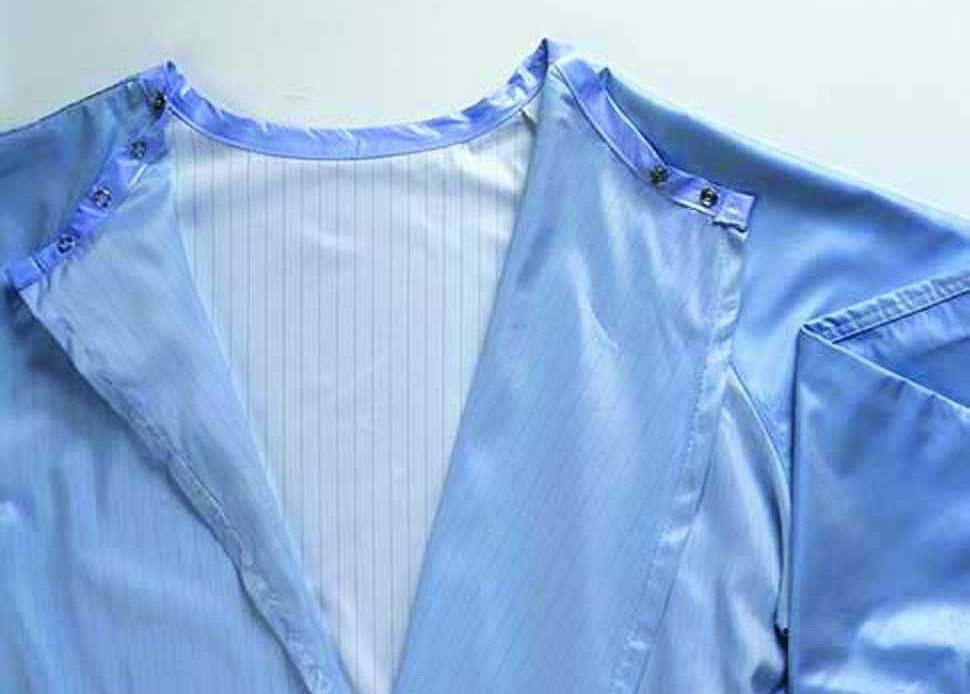
The American Reusable Textile Association (ARTA) and The International Association for Healthcare Textile Management (IAHTM) have announced the completion of life cycle research on behalf of the textile services industry. The study was conducted by Environmental Clarity, LLC, and compared the life cycle of reusable versus disposable surgical gowns.
“The results of the surgical gown LCA support the conclusions from six other reusable/disposable studies that showed reusables provide a significant improvement in energy, environmental footprint, water, and energy-associated emissions,” said Michael Overcash, PhD, of Environmental Clarity.
About the Study
Disposable and reusable surgical gowns were studied from their inception as raw materials in the earth to manufacture of the coverall product, to use/reuse, then to final end-of-life disposition. The scope and the results emphasize transparent, science-based life cycle analysis. An abstract on the study is available at www.ARTA1.com.
The study found that choosing reusable isolation gowns instead of disposable alternatives decreases the environmental footprint by:
- 64% lower natural resource energy consumption,
- 66% lower greenhouse gas emissions (measured as CO2 eq emissions),
- 87% lower total water consumed (blue water1),
- 83% lower solid waste generation at healthcare facility.
In this study, surgical gowns were first defined as single-piece, size extra-large (XL) or one-size-fits-most, long-sleeve tie-up garments with ANSI/AAMI level 3 barrier protection rating. The functional unit, or basis of comparison, was 1,000 surgical gown uses in an operating room setting. For the reusable gowns, this was 16.7 new gowns each used for 60 cycles while for the disposable gowns this was 1,000 new gowns. The reusable surgical gown market was compared to the disposable surgical gown market based on a set of representative gowns. The representative reusable gowns weighed 474 g (17 oz.) and were composed primarily of woven polyester fabric in the non-critical zones. The critical zones contained a barrier material sandwiched between two layers of knit polyester fabric. Two barrier materials were considered and weighted based on market use: an expanded polytetrafluoroethylene (ePTFE) barrier and a breathable polyurethane (PU) barrier membrane. The impact of the barrier material used was small, because the barrier materials made up only 5% by weight of the gowns. The representative disposable gowns weighed 224 g (7.9 oz.) and were composed primarily of nonwoven polyester in the non-critical zones and laminated with polypropylene film in the critical zones.
The reusable and disposable gown systems were compared on a cradle-to-end-of-life basis. The starting point for analysis was natural resources in the earth, such as fossil materials and ores. The entire supply systems required to manufacture a final surgical gowns and packaging were included. The use phase included laundry and wastewater treatment for reusable gowns and sterilization for all gowns. The end-of-life phases included landfill for both reusable and disposable gowns. Recovery of lost instruments was also included for disposable gowns, as instruments are often sent to the landfill with disposable textiles such as drapes, towels, and gowns. A second end-of-life scenario was considered for reusable gowns in which the gowns were reused in other industries. Transportation was included within each of the applicable stages of the life cycle.
ARTA LCA Committee and Sponsors
The study was organized by ARTA’s LCA Committee, which contracted with the independent research firm Environmental Clarity. The research team includes Overcash, Eric Vozzola and Evan Griffing. The LCA Committee members and sponsors include:
- Myles Noel of International Healthcare Association for Textile Management (IAHTM)
- Duane Houvener of American Dawn
- Janice Larson of Encompass
- Robert Long of European Textile Services Association (ETSA)
- Scott Delin of Fashion Seal
- Shelley Petrovskis of Lac Mac Limited
- Brendan O’Neill of London Hospital Linen Service and ARTA President
- Dan Sanchez of Medline
- Joe Ricci of TRSA












